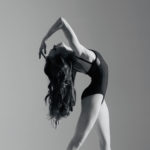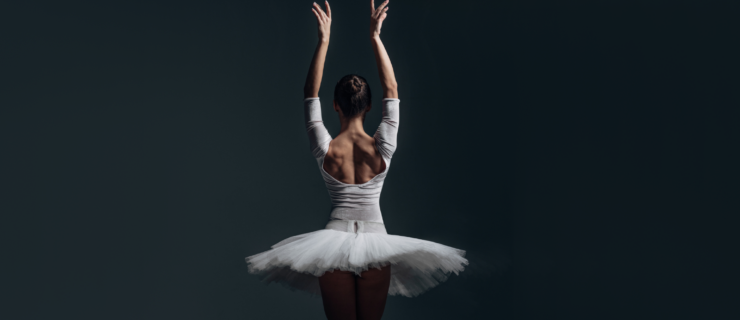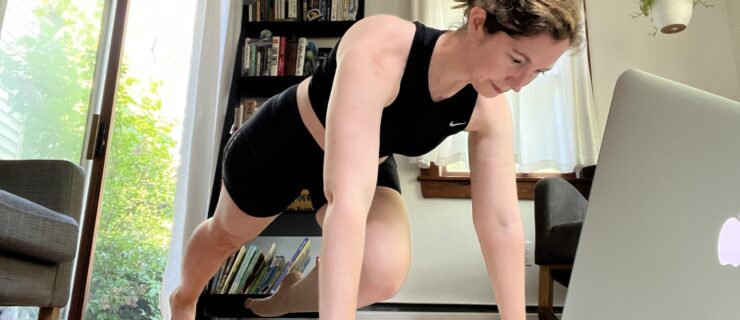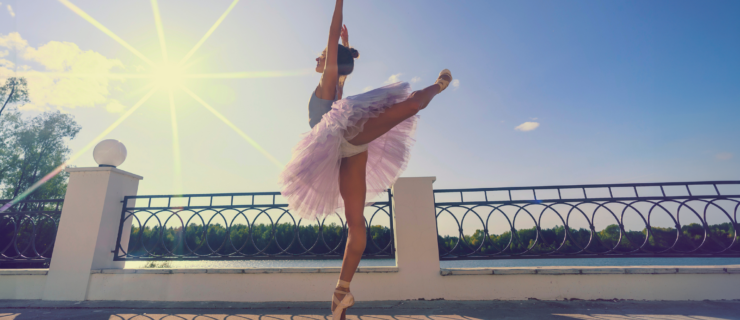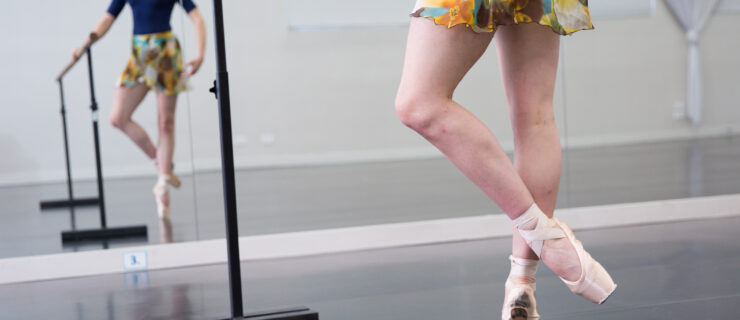3 Ways Dancers Can Cultivate Their Inner Artist
Dancers are a unique hybrid of athlete and artist. The physical demands are obvious—we push our bodies to the max and spend hours in front of a mirror focusing on proper form. And yet with so much focus on achieving physical perfection, the artist in the equation sometimes becomes lost.
Between classes, rehearsals, cross-training, performing, physical therapy and all of the other body-focused activities that go along with being a professional dancer, we don’t always have time to cultivate our artistic selves. But a strong body and solid technique is only part of the equation. The best dancers also have a depth of artistic expression.
Here, creatives in the artistic fields of dance, film, writing and beyond offer three ways to develop your artistic qualities.
Nurture a Hobby
Dancers sometimes lose a sense of who they are outside of ballet. Developing interests beyond the dance world can be both nourishing and a source for artistic expression. While we consistently push ourselves to perfect our craft, hobbies are not about proving yourself. As explained by author and artist Austin Kleon in his book Steal Like an Artist:
“A hobby is something that is creative just for you. You don’t try to make money or get famous off it, you just do it because it makes you happy. A hobby is something that gives but doesn’t take.“
Amid the pressures of the ballet industry, your hobby can be a welcome break from self-imposed stress, as well as an outlet to mine your creativity in a judgment-free environment. Whether in the form of knitting, painting, learning a new language, hiking, volunteering, playing an instrument, cooking or anything else, hobbies allow you to develop different parts of yourself and become a more multifaceted individual. A dancer with an array of interests has more to draw from when they’re onstage, visible through their emotional expression or their unique interpretation of a role.
Expose Yourself to Other Art Forms
In her book The Artist’s Way, filmmaker and writer Julia Cameron compares an artist’s inspiration to a trout pond in need of upkeep:
“Art is an image-using system. In order to create, we draw from our inner well. We must become alert enough to consciously replenish our creative resources as we draw on them—to restock the trout pond, so to speak. I call this process filling the well.”
So when your well is drying up, where do you turn? Museums, nature, music, live theater, comedy—anything that fills you with inspiration and awe. As dancers, it is our responsibility to replenish our artistic reservoir. Immersing yourself in other art forms can offer alternative perspectives and material to influence and cultivate your own artistry. A painting can probe us to ask questions about the definition of beauty, a musician can make us think differently about the spectrum of human emotion, and an actor can make us reconsider how we connect with our audience. As dance is so physical, other art forms encourage us to look beyond our bodies and tap into our senses.
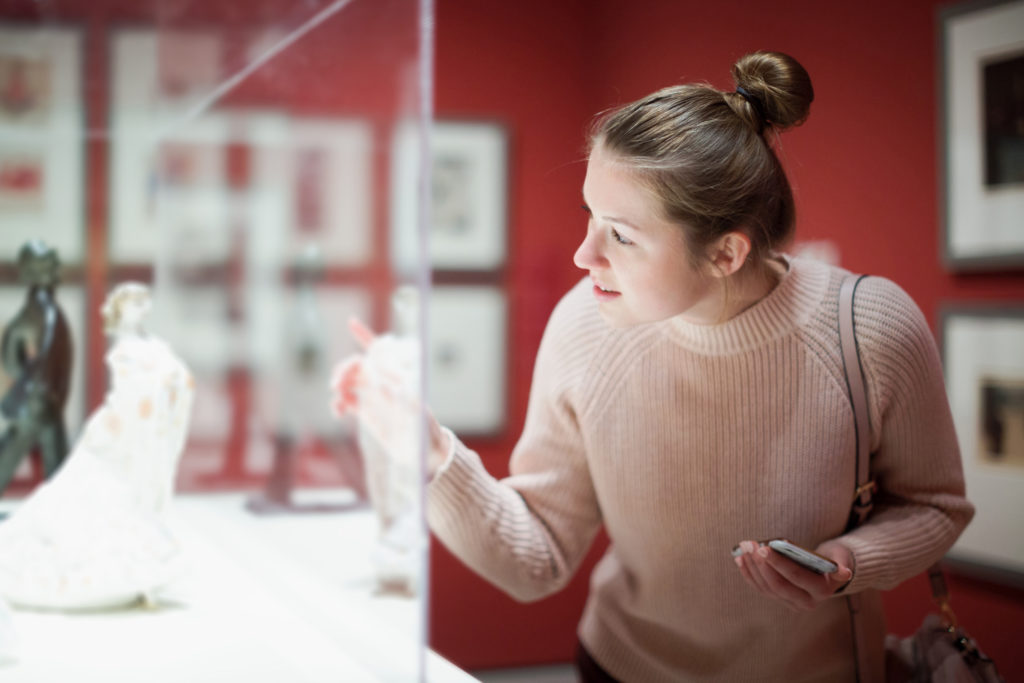
Try Something Uncomfortable
Dancers have a habit of taking themselves far too seriously, with perfectionistic standards. (And we’re often self-critical when those standards aren’t met.) But while athleticism often develops in this unforgiving training environment, artistry doesn’t flourish under such harsh restrictions. You need freedom to explore, make mistakes and push boundaries. In her book The Creative Habit: Learn It and Use It for Life, choreographer Twyla Tharp says: “Our ability to grow is directly proportional to an ability to entertain the uncomfortable.”
As dancers, a fear of failure often stops us from attempting new things. Try expanding your horizons, even if the idea scares you. Love watching hip hop, but embarrassed to try it yourself? Enroll in that class! Start up a conversation with an interesting stranger at a coffee shop. Take chances in and out of dance and know it is okay to struggle and not be the best. Learning to be comfortable with our discomfort encourages us to take increasingly bigger risks in the studio and onstage, opening ourselves up to new possibilities.
Attend to your inner artistic side with the same care and attention that you give your body. Cameron sums it up nicely: “In order to have self-expression, we must first have a self to express.” A dancer living a rich, vibrant life shines much more brightly than one just scratching the surface.

